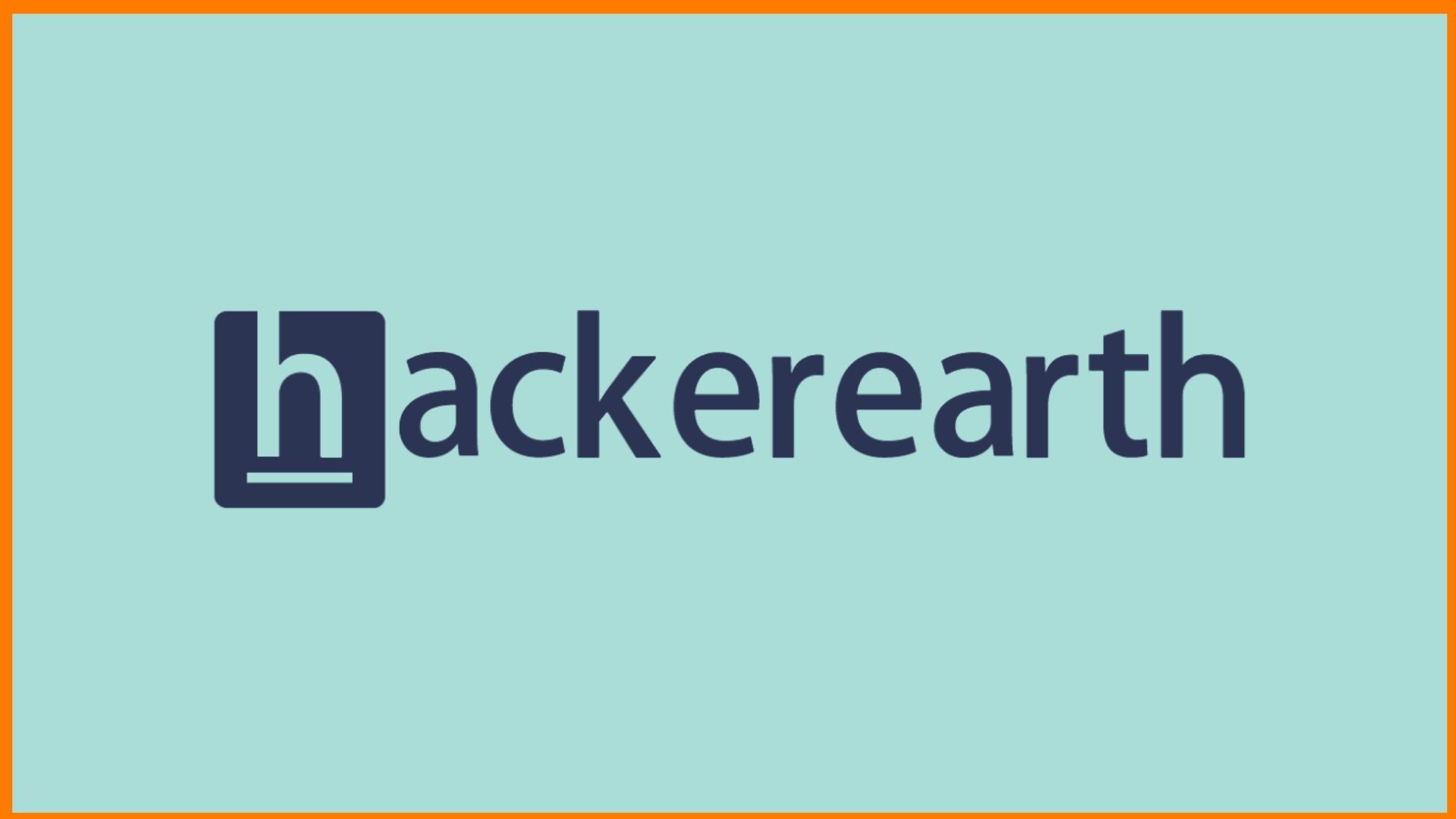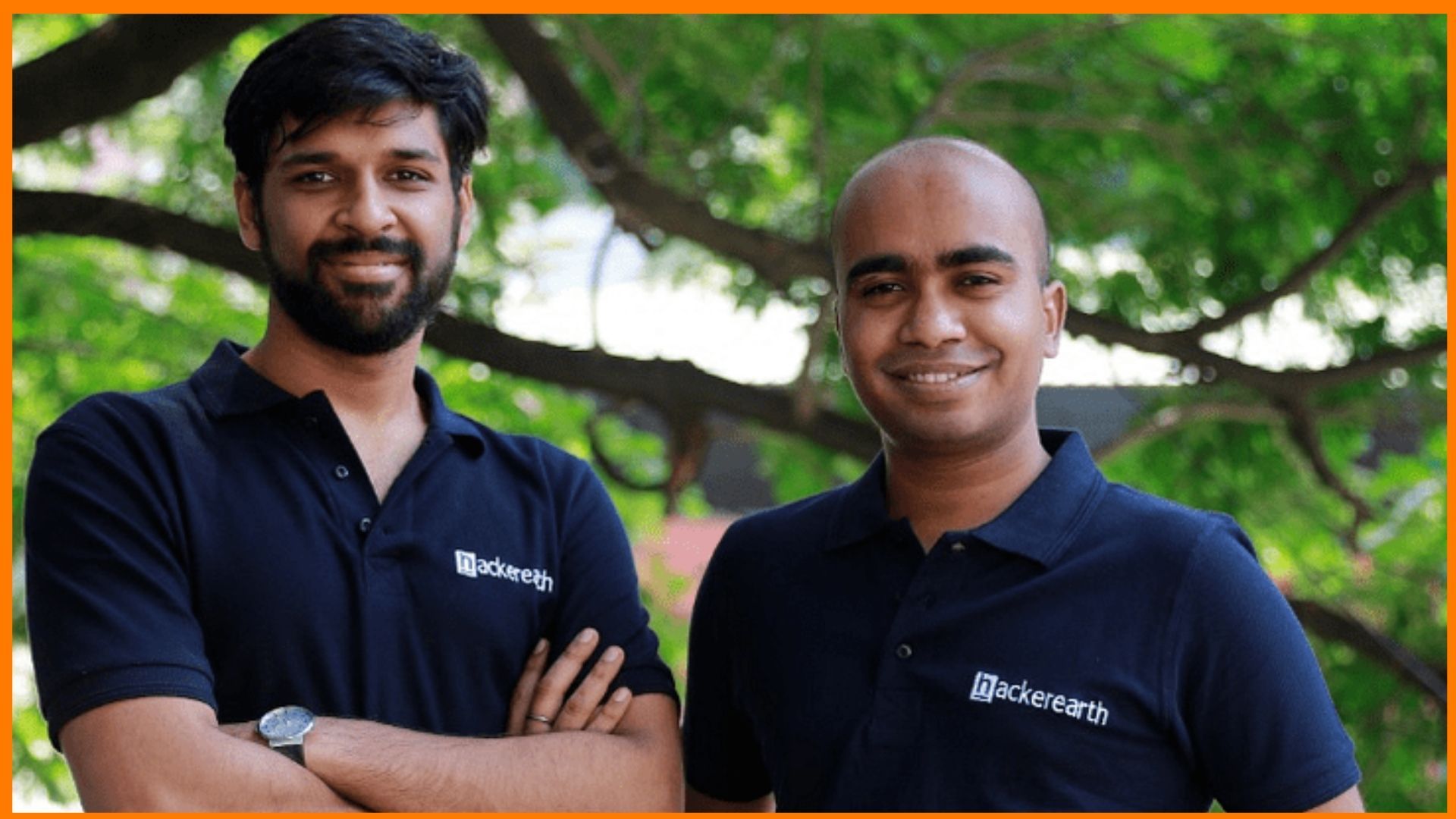Company Profile is an initiative by StartupTalky to publish verified information on different startups and organizations. The content in this post has been approved by Crio.Do.
In the last few years, we have seen India transform and grow beyond the software services spectrum. The rise of so many new startups, and the influx of established tech giants, all trying to solve local and global problems with the help of brilliant product-building minds is extremely encouraging. These tech startups and companies require competent product developers who can think through complex customer problems and build technology to solve them.
However, existing ways of nurturing talent through video-based learning tools and traditional universities are not really geared for driving product-led innovation. Crio.Do is an experiential learning platform that empowers developers with work-like experiences that aid them in developing real skills and building a demonstrable portfolio.
Crio.Do – Company Highlights
| Startup Name | Crio.Do |
|---|---|
| Headquarters | Bengaluru, India |
| Sector | EdTech |
| Founders | Rathinamurthy R, Sridher J |
| Founded | 2018 |
| Website | crio.do |
| Contact Email | ping@criodo.com |
About Crio.Do and How it Works
Crio.Do – Product/Services
Founders of Crio.Do and Team
How was Crio.Do Started?
Crio.Do – Target Market Size
Crio.Do – Business Model and Revenue Model
Crio.Do – Funding and Investors
Crio.Do – Growth
Crio.Do – Future Plans
Crio.Do – FAQs
About Crio.Do and How it Works
Tech is transforming every industry and quality developers are going to be the driving force behind that change. Crio.Do beliefs developers need & deserve better ways to learn and create a new world.
That’s precisely what Crio is solving. Crio.Do is an experiential learning platform dedicated to product development skills. It empowers developers with work-like experiences that aid them in developing real skills and building a demonstrable portfolio.
Crio.Do – Product/Services
Crio.Do is a unique experiential learning platform, where developers “Learn by Doing” and not just listening/watching videos or lectures and answering questions. The users build real products in a structured fashion through Crio Micro-Experiences whilst learning key software tools, concepts, and frameworks. They learn to handle scenarios faced by engineers working on live products by taking the avatar of an engineer in a real tech company.
They follow actual development practices applied by leading engineers, start thinking like them, research genuine problems and build authentic products like them. Along with technical skills, the company’s methodology also enables users to develop competencies like “independent problem-solving”, “product sense”, and “willingness to stretch out of one’s comfort zone” through real experiences in the program.

Crio.Do offers four direct to developer experiential learning programs:
- Crio Launch: This free program caters to student developers working on their software engineering skills. The month-long program is open only to student developers in their pre-final and final years. The Freshers get an opportunity to build real products and to learn foundational concepts like Databases, OOPs, Developer Tools, Applied Data Structures, Algorithms and more.
- Crio Launch+: This is an invite-only paid program where students get to learn key tech skills in a hands-on work-like software product development environment. The four-month-long program is open only to Crio Launch graduates. Once the students complete this program, they are ready to work in some of India’s best tech companies.
- Crio Accelerate: The program offers early-stage working professionals to get work-ready software product development experience. This five-month-long program is open to working professionals with 0-3 years of industry experience.
- Crio DevSprint: The program offers early-stage working professionals to get work-ready software product development experience and land the best product development job.
Founders of Crio.Do and Team
Rathinamurthy R and Sridher Jeyachandran are the founders of Crio.Do.

Sridher and Rathinamurthy have known each other from their undergraduate days. They both took different career paths before coming together in 2018 to start Crio.Do.
Sridher moved to the USA for his masters and then spent over a decade in Silicon Valley working with companies such as NetApp and Google. Before starting Crio, Sridher spent a stint at the Google India office as a product manager.
Sridhar envisions establishing Crio.Do as an experiential learning platform for the tech world that would fundamentally change the way tech is learned with high-quality applied learning opportunities at scale.
Rathinamurthy has worked across engineering, product and consulting fields with companies like Novell, E&Y and Flipkart. Before starting Crio.Do, he was Senior Director at Flipkart, leading Marketplace Product.

How was Crio.Do Started?
In early 2018, the co-founders’ mutual passion for technology and education brought them together. Being part of world-class organizations, they both had the first-hand experience of building and managing great teams and witnessed the impact good developers can make. They could also visualize the trend of tech transforming every traditional industry, and proficient developers being the driving force behind that change.
When they looked around the ecosystem for nurturing developer talent, they realized that existing ways of developing talent were neither adequate nor efficient. There was no way the learning & education ecosystem could supply the massive number of product developers the country’s start-up and tech ecosystem demanded and deserved. That was the seed for Crio – to democratize the applied learning opportunity at scale with its unique experiential learning platform and pedagogy which leverages deep tech, data and learning sciences.
Crio.Do – Target Market Size
India produces the world’s largest number of Computer Science graduates (2.15 lakh) each year, and there are multiple reports to indicate that over 80% of these graduates have skill gaps. Some reports indicate that CS graduates in the US (around “65,000” per year) are much ahead of their Indian counterparts in their ability to use their skills in a real-life environment.
On the opportunity side, there is a rapid increase in jobs in software product development due to tech disruption in most industries. These tech companies look for real experiences and a strong work portfolio in the profiles of their prospective engineers while hiring. But the opportunities for engineering graduates to get real experience and build a portfolio are very few and dispersed.
At Crio, the team believes in enabling this really large pool of CS graduates to become better equipped and better skilled in software product development through their experiential learning platform and pedagogy. This is also true for a large number of entry-level employees in the software sector that could benefit from Crio’s pedagogy in terms of upping their skills and competency.
Further, the platform can ramp up the skill levels of newly hired employees in tech companies to make them productive much faster. Crio can make a meaningful difference in improving the skill level of engineers, such that it can be demonstrated to their employer or a prospective employer.

Crio.Do – Business Model and Revenue Model
Crio.Do operates on a B2C business model. The company has four direct to developer experiential learning programs – Crio Launch, Crio Launch Plus, Crio Accelerate, and Crio DevSprint.
Crio Launch is a free community program for student developers to strengthen their software engineering foundations. Crio Launch Plus and Crio Accelerate are career programs for students and working professionals respectively. In these programs, developers get work-like software product development experience and learn key tech skills hands-on. Crio.Do claims, “Pay us ₹ 89,999 + GST at the start of the program. If you do not land a job paying more than your Minimum Guaranteed CTC within a year, we will refund your money. No cost EMI options are available via our partners.”
Crio DevSprint is a premium experiential learning program where developers strengthen their backend engineering skills by building real software products and addressing various product development scenarios in a work-like environment. This is a pure learning program that does not come with referral services.
There is also an experiential learning program for tech organizations called Crio Onboard, where the training modules are fine-tuned to the specific requirements of the company to ramp up their engineering talent. In this case, developers of the company spend anywhere between 2 to 3 weeks going through the curriculum to ramp up on the required skills before hitting the floor running. Companies pay per developer in a cohort for Crio Onboard.

Crio.Do – Funding and Investors
Crio.Do company has raised total funding of $1 million in January 2019.
| Date | Stage | Amount | Investors |
|---|---|---|---|
| January 2019 | Seed Round | $1 million | Binny Bansal, Mekin Maheshwari, Ravi Garikipati |
The investors of Crio.Do are Binny Bansal, Co-Founder Flipkart; Udaan Co-Founders – Amod Malviya, Vaibhav Gupta and Sujeet Kumar; Ravi Garikipati, Co-founder & CEO, Davinta Financial Services; Mekin Maheshwari, Founder, Udhyam Learning Foundation.
In the coming months, Crio.Do look at doubling their investment and accelerating their expansion in the tech learning space across the world through their experiential learning programs.
Crio.Do – Growth
Last year has been amazing for Crio. In its direct-to-developer offerings, they launched a very successful free community program called Crio Summer Of Doing for student developers from 200 engineering colleges across the country. They followed it up with the launch of Crio Launch for student developers, another free community program where they witnessed participation from students in over 500 engineering colleges across the country.
These talented student developers have just graduated from the program and signed up for Crio Launch Plus, a career development program for students. The company has also launched its career development program for Working Professionals called Crio Accelerate.
Crio Developers from these career development programs have successfully cracked opportunities in fast-growing tech organizations like CRED, Vogo, Ninjacart, Jumbotail, Playment, Postman, UrbanLadder and more.
The first version of Crio DevSprint, an experiential learning program that helps both students and working professionals become sought-after product developers has also been launched successfully this May.
In the space of tech learning for businesses, the team has delivered their experiential learning programs (Crio Onboard) to engineers in leading tech organizations like Flipkart, Visa, Rakuten, Goibibo, Jio, Kaleyra, Capillary and more.
Crio.Do – Future Plans
“Over the coming months, we will continue to double down our investments to deliver our learn-by-doing programs to student developers and working professionals early in their careers. We will also be accelerating our expansion in the tech learning space across the world through our experiential learning programs.”, says Rathinamurthy R, co-founder of Crio.

Crio.Do – FAQs
What does Crio.Do do?
Crio.Do helps you to learn technology through work-like experience if you’re looking for a program where you can learn by doing.
Is Crio.Do free?
The program called ‘Crio Launch’ is a completely free and app-based solution that promises to offer real product development experience to students and empowers them with relevant technical skills.
What can I expect from Crio’s program?
Crio’s program will arm you with practical skills that translate into career growth and success at work. You will gain job-like experience while advancing your learnings.
Why should I choose Crio.Do?
Companies expect students and young professionals to have practical experience, which most of the curriculum and certification courses do not provide. Crio.Do helps you to bridge this gap.
What does Crio mean?
The English Translation of Crio is a child.
Is Crio winter of doing worth it?
Crio Winter of Doing externships are a great opportunity for you to solve real-world problems in an actual tech startup setting, and learn key skills that will help you advance your career.









